Creating a team of your own to implement and validate the plan is the first step in the WMP process.
Looking for a reputable Legionella risk assessment company? Chardon Laboratories provides expert Legionella testing and control solutions to ensure high-quality water. Our ASSE 12080-certified service technicians oversee all your facility’s or building’s water quality needs to prolong system life, cut energy and utility costs and minimize downtime.
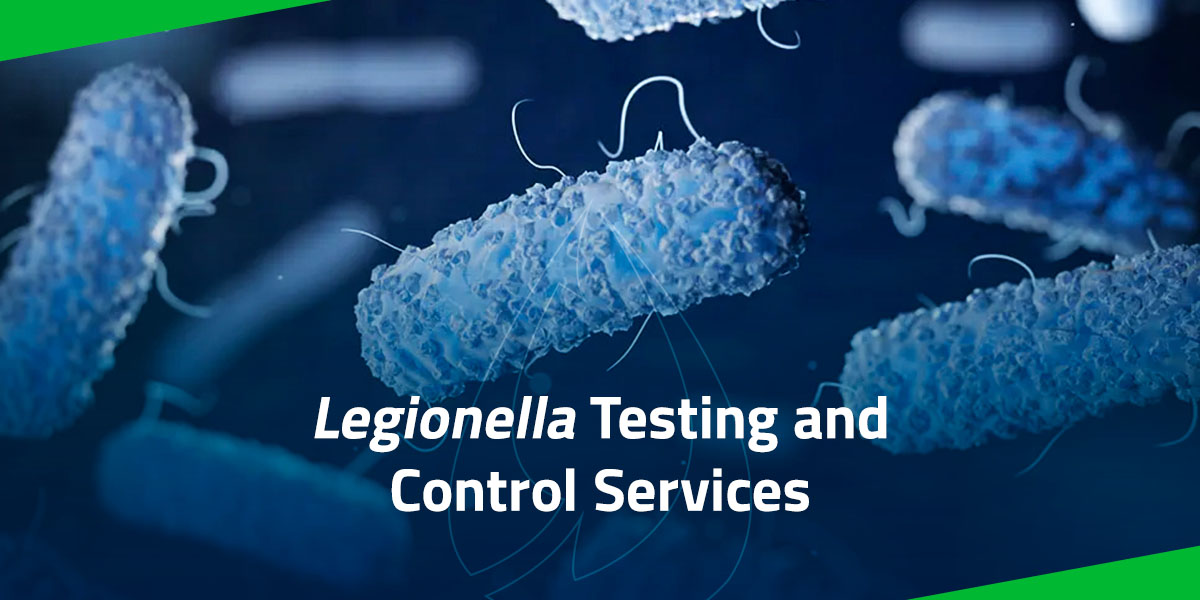
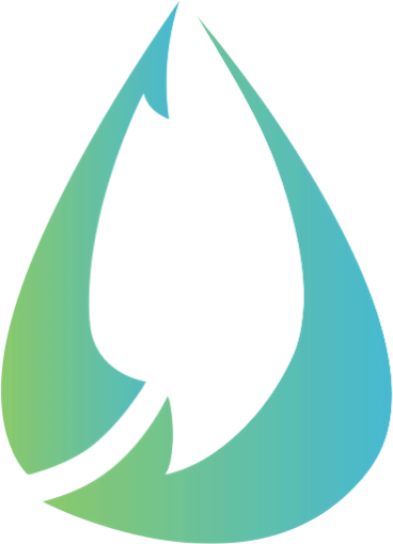
“I have been extremely happy with the service provided by Chardon Laboratories. Domonic has been very helpful with all aspects of our systems, especially concerning Cooling Towers. My hope is that we can continue to keep working together for a…
Legionella management is critical in maintaining the highest quality control standards, achieving system efficiency and creating a safe environment. Industries that undertake this process on their own may experience challenges such as:
Enlist Chardon Labs for compliant Legionella management solutions that deliver optimal results. We address your pain points by doing the heavy lifting to free up time for you and your team to focus on other tasks. We also keep up to date with regulations, follow ASHRAE Standard 188 guidelines and offer:
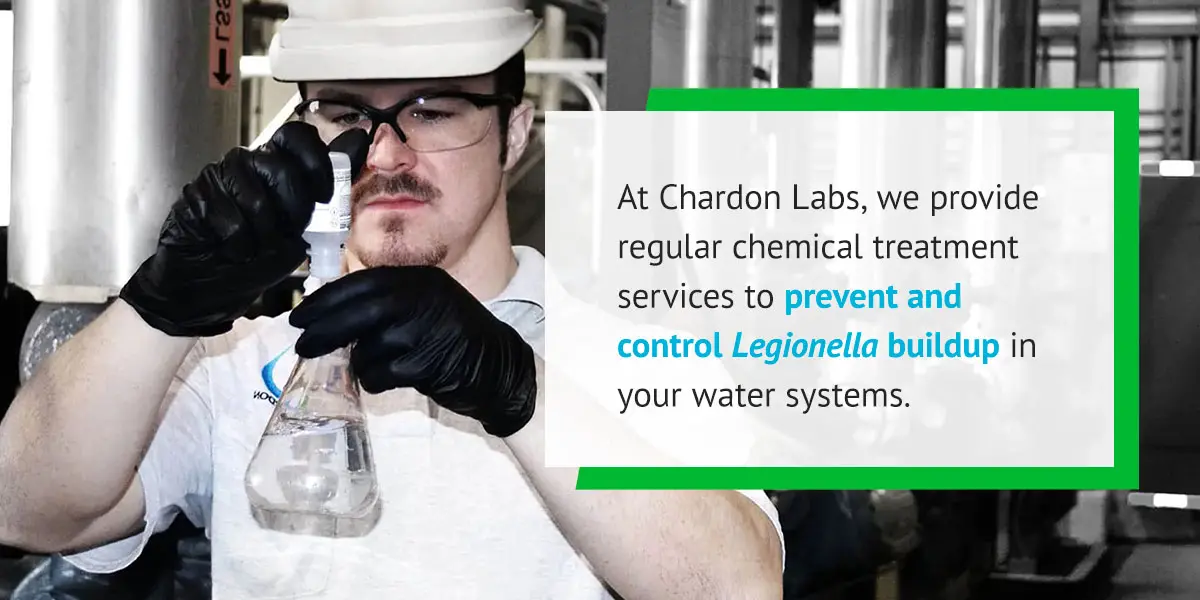
Our comprehensive process to test for Legionella in water includes:
When Legionella bacteria is detected above acceptable levels, we implement chemical treatment, such as hypochlorination. Chlorine, a form of chemical treatment for Legionella, is an effective method of killing bacteria and other waterborne pathogens. We also employ other treatment methods like:
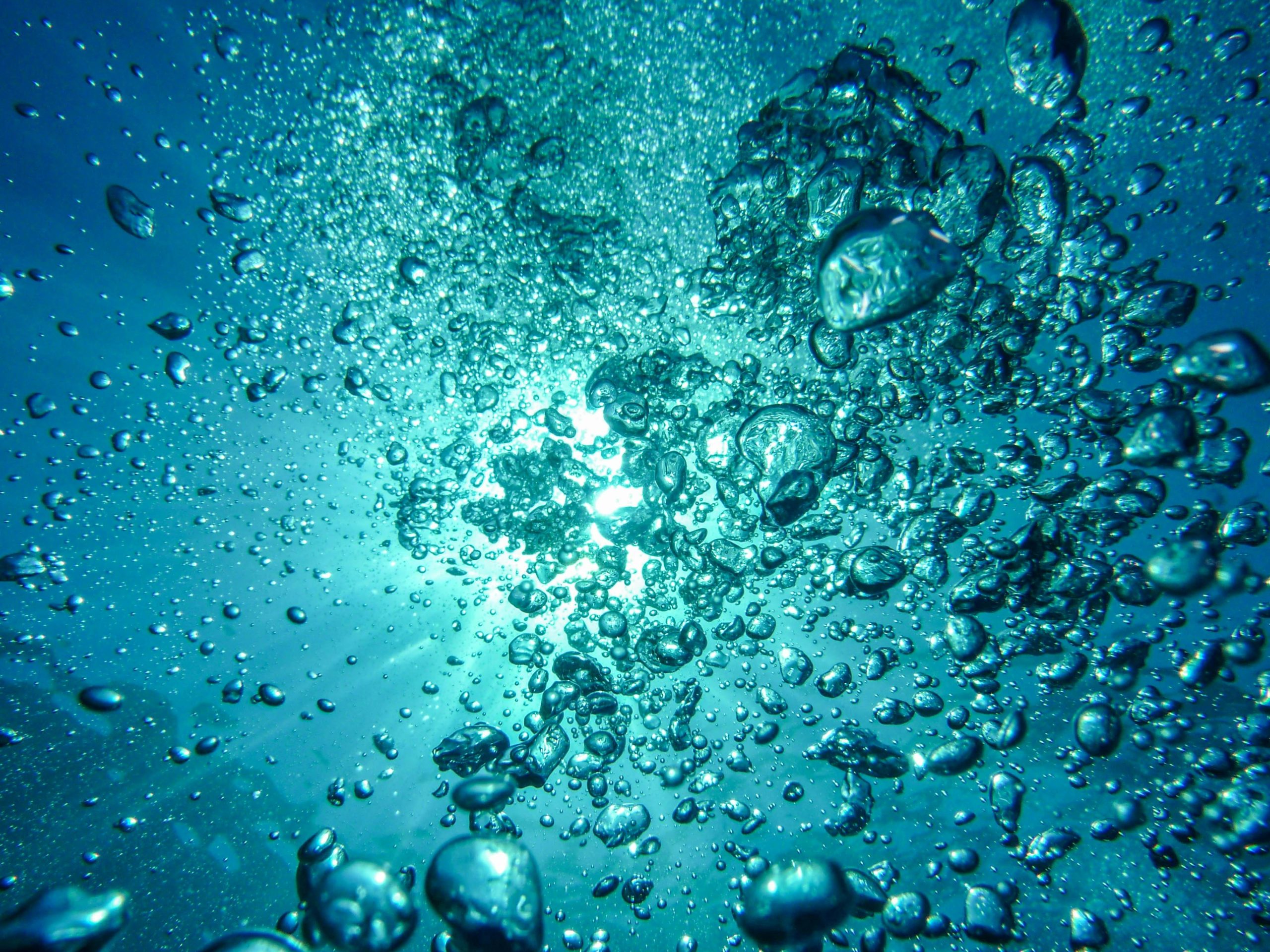
Chardon stands out from other Legionella risk assessment companies because we concentrate on servicing systems rather than selling chemicals. This approach gives us a mutual interest in keeping operating costs low. We also prioritize service quality by hiring a talented team, adopting an employee-owned business model and providing continued services at a guaranteed annual price.
Since 1965, we have helped various industries maintain clean systems to comply with quality control standards and ensure safe environments. Our reliable solutions have allowed us to develop long-term and satisfactory partnerships with businesses and organizations. Clients attest to our knowledge, responsiveness, timely reports and fair costs.
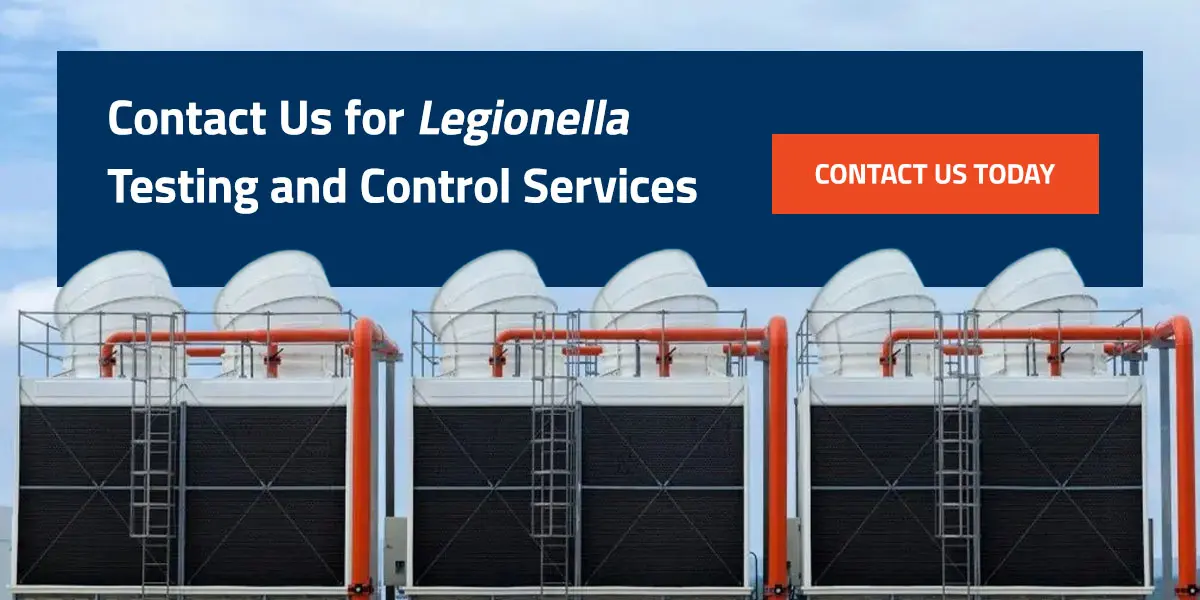

Creating a team of your own to implement and validate the plan is the first step in the WMP process.
A Chardon representative will walk through your water system and establish areas of potential risk for Legionella. This site assessment will help create control measures and best practices to be followed for the WMP.
Following the site assessment, Chardon will help determine where control locations are on your site, and then alongside your team, will determine the testing protocols to be followed. Testing will be done by a Chardon technician and then sent to a state-of-the-art lab for further analysis. Testing frequencies and requirements vary greatly depending on the risks associated with your business operation.
The final step in implementing a WMP is the ongoing process of correction and adjusting. Along with changes to your building staff, water systems, etc., testing and other control measures should be regularly monitored and updated to best protect your building from Legionella. The updating of the plan is a simple process through an online database/portal, which is used to access and update the information of the WMP.

When it comes to Legionella testing companies, Chardon Labs emerges as a capable and reliable partner with a proven track record for exceeding customer expectations. We care about keeping water systems clean and safe for schools, healthcare facilities, manufacturing plants, governments and other industries.
Contact us today for a comprehensive Legionella risk assessment and effective chemical treatment solutions to protect your water systems!